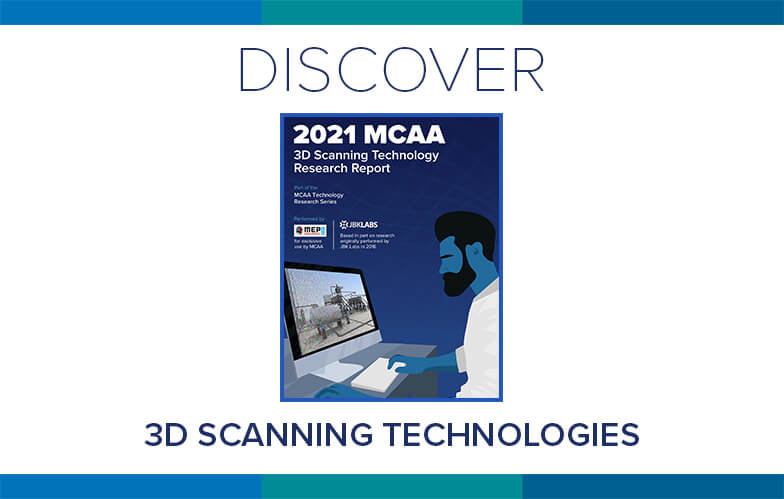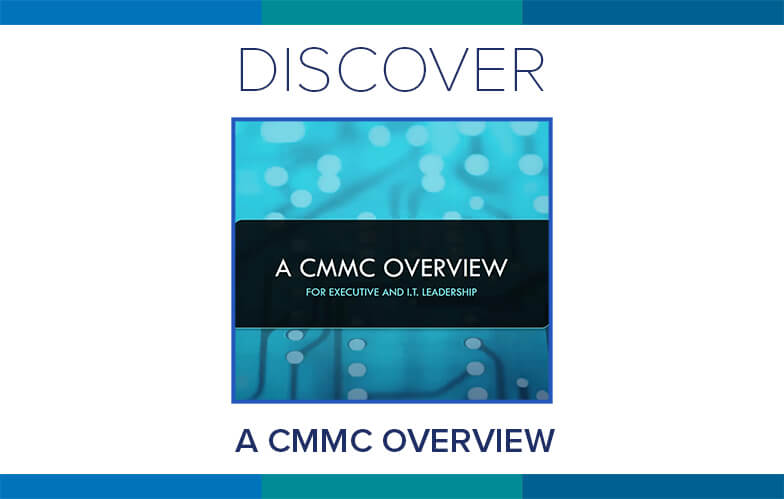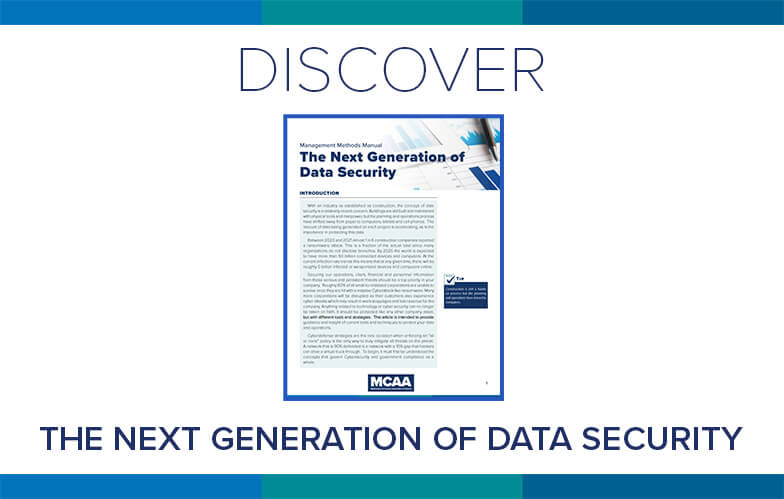The Mechanical Contracting Education & Research Foundation (MCERF) has released the MCERF Complexity Measurement Tool (CMT) which analyzes and documents a building’s mechanical, electrical, and plumbing (MEP) spaces for congestion and complexity. The CMT is an add-in for the Autodesk Revit platform.
MCERF also produced the above video that explains why the CMT was developed and why MEP practitioners should use it.
The CMT is provided free of charge for use by the architecture, engineering, and construction (AEC) industry.
Metrics…and More!
MCERF’s CMT enables MEP practitioners to engage in new and exciting forms of building information analysis. It can provide metrics to answer the following types of questions:
- How does congestion vary by project type?
- How does congestion grow during design, coordination, and construction?
- By what percentage do design models differ in routing from design through construction?
- How do project scope changes alter congestion and affect coordination?
- How does congestion vary down a corridor?
- Which strategies help manage the most challenging congestion?
- Which MEP congestion levels and characteristics support maintainability? Constructability?

Figure 1: This is a high-resolution output of a high-congestion area at the building core at 50% completed drawings (CD) using MCERF’s CMT. What types of metrics can we develop from such “heat map” images?
How the MCERF CMT Works
The CMT uses Revit’s analytics graphics to overlay a “heat map” on the plan view. The color gradients in this heat map correlate to low and high levels of congestion. One color is set to depict the most congested (in this example blue represents from 90% to 100% filled) and a different color (in this case, green) represents the least congested.

Figure 2: This is a medium-resolution CMT output, shown in Revit in 3D. Areas shown in blue are fully filled by MEP systems.
Need Technical Help?
Contact Brett Young at BuildingSP
Other Feedback?
Contact MCERF’s Dennis Langley




